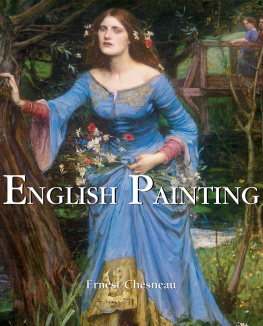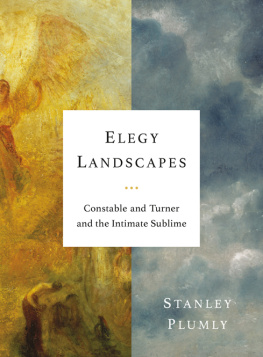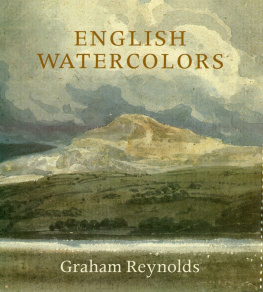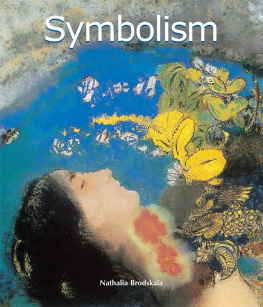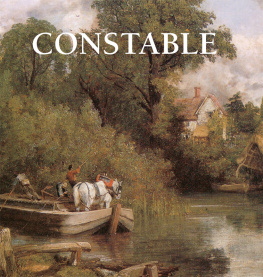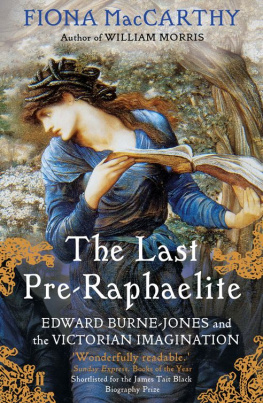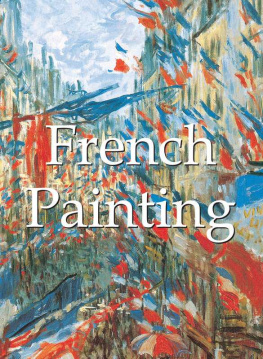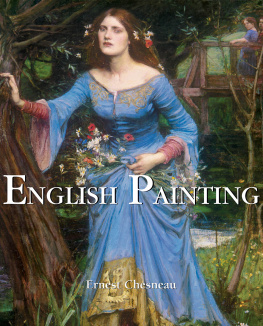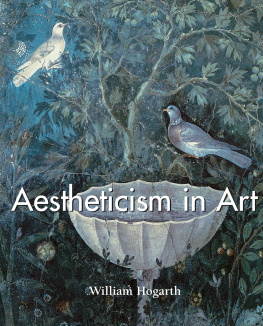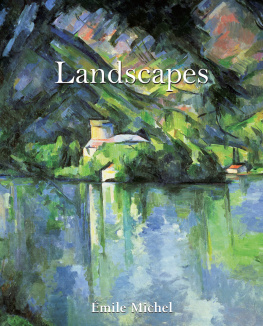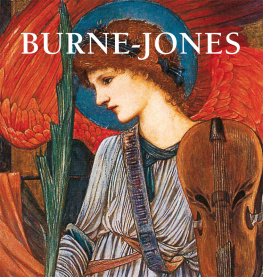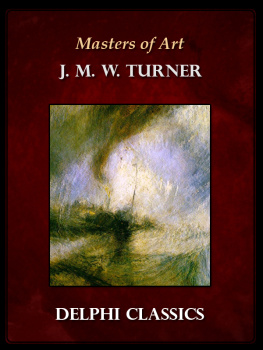Author:
Ernest Chesneau
Layout:
Baseline Co. Ltd
61A-63A Vo Van Tan Street
4 th Floor
District 3, Ho Chi Minh City
Vietnam
Confidential Concepts, worldwide, USA
Parkstone Press International, New York, USA
Image-Bar www.image-bar.com
All rights reserved.
No part of this publication may be reproduced or adapted without the permission of the copyright holder, throughout the world. Unless otherwise specified, copyright on the works reproduced lies with the respective photographers, artists, heirs or estates. Despite intensive research, it has not always been possible to establish copyright ownership. Where this is the case, we would appreciate notification.
ISBN: 978-1-78310-791-9
Ernest Chesneau
ENGLISH PAINTING
FROM KING GEORGE II TO QUEEN VICTORIA

C ontents
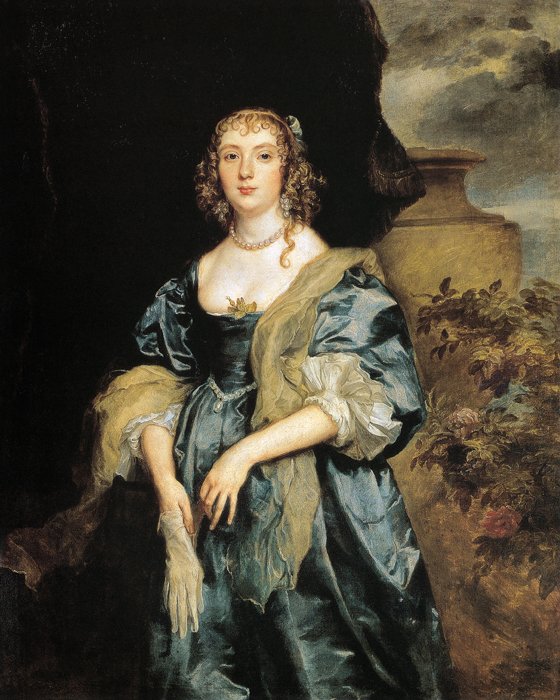
Anthony van Dyck, Lady Anne Carr,
Countess of Bedford, c. 1638. Oil on canvas,
136.2 x cm . Petworth House, Sussex.
The Old Masters (1730-1850)
Is there an English school of painting at all?
Strictly speaking, the word school applies only in a very imperfect manner to the growth of painting in England. Generally it is used to designate a special collection of traditions and processes, a particular method, a peculiar style in design, and an equally peculiar taste in colouring all contributing to the representation of a national ideal existing in the minds of the artists of the same country at the same time. In this sense, we speak of the Flemish school, the Dutch school, the Spanish school, several Italian schools, and the French school, but not of the English school. We cannot apply the word to English art, for it is just this absence of any national tradition that strikes one most forcibly in studying English painting. Each painter seems to stand by himself, and is, so to speak, isolated from his brother artists. No trace is to be found of any uniformity of method or of teaching, none of systematic instruction by the State, the Academy, or the Fine Art school. English art is free, and, on that very account, is infinitely varied, full of surprises, and unexpected originality.
But if, for the sake of brevity, we group together under the name of school all the separate manifestations which represent a nations art, and an art worthy of history, then certainly there is an English school.
Its rise dates nearly two centuries back, and, yet, it was quite unknown on the continent. It was not until the time of the Paris Exhibition in 1855, when the English artists of the day first sent their productions across the Channel, that foreigners became aware of its existence. There was great surprise in France when the walls of the little temporary building on Avenue Montaigne were lined with an extensive series of pictures belonging to no school familiar to French eyes. Until this time, not only genius, but even feeling I mean practical art feeling had been disallowed to the English.
It could not be denied that, if she had no great painters, England could boast distinguished amateurs; scholars and art-collectors well knew that the British aristocracy possessed very rich galleries of old masters, where the finest Poussins and most valuable Watteaus were gathered together, even when the France of Davids time held them in the profoundest contempt. Owing, perhaps, as much to astonishment as to genuine admiration, the school whose existence was so suddenly revealed in 1855 was extolled somewhat beyond its merits. Had the works of the English painters of the 18 th century been exhibited at the same time, the revelation would have been still more startling, and more deserving of such an enthusiastic outburst of admiration. In the year 1725, England had been completely taken by surprise by the unexpected appearance of a genuine English artist. English in habits, disposition, and temperament, as well as by birth, his case was unprecedented, or nearly so. This artist was William Hogarth.
Up until his time, foreign artists, and particularly northern painters Hans Holbein, Peter Paul Rubens, Van Dyck, Peter Lely, and Federigo Zuccaro had been successively sent for by English sovereigns. They were commissioned to decorate castles, palaces, and churches; they received, not only from the court, but also from the nobility, liberal commissions, which rendered their stay on British soil a continual triumph.
Pupils also studied under them, to whom they imparted as much of their art as they could teach; but it was not in their power to communicate their special gifts their invention and imagination. Sir James Thornhill, sergeant-painter to King George I, a gentleman by birth and a member of Parliament, is perhaps the only one who, in his mural paintings at St Pauls and at Greenwich, has shown some artistic fire; but even he was not original. He carried on the style of the French painters of the 17 th century, and the allegories of Charles Le Brun and Jean-Baptiste Jouvenet, with only a small touch of that life which emanates so abundantly from the brush of Rubens. The commencement of the English school is marked, really, by Hogarth; he is, so to speak, its Giotto, as was said of him with some magniloquence in the introduction to the report of the International Exhibition of 1862. But we must not be misled by these words, nor mistake their true import. Supposing there was really a British school of art, does it follow that it deserves to take rank amongst the great schools which, although widely differing from each other in style, we have been accustomed to reverence?
Portrait, Historical, and Genre Painting
Certainly it is possible to count a certain number of very distinguished artistic individualities in England, and among these some true masters. But, apart from a few brilliant stars, we are obliged to confess that the average of talent is below that of the Continental schools, and we will presently try to indicate the causes of this inferiority.
The enthusiasm excited by Hogarths first humorous works had a decisive influence on the English school, which continues to cultivate even today, though with abated ardour, the ground on which this intelligent adventurer in art, at first ignored by all his fellow-artists, planted his tent of observation.
In an age like his, when the tone of the masses was low in the extreme, and the higher classes gave themselves up to frivolity and corruption, matter for satire could not be wanting to a right-feeling mind, aided by a keen and penetrating sense of humour. This Hogarth saw. He felt convinced that a faithful representation of the manners of his time, partly by the outcry of the enemies that he would thus create, and partly by the applause of the lower orders, could not fail to crown with success the man who was bold enough to point out to contemporary society its deformities, its weaknesses, and its vices. And his conviction was correct. He began by casting aside all academical work, and gave himself up to the study of the human physiognomy when animated by passion: in crowds, in taverns, in public places. Then he violently hurled from its pedestal the reputation of the fashionable painter, William Kent, who claimed to have discovered afresh a century before Louis David the one true, pure Greek style; a pretension especially ridiculous in connection with Kents work, and utterly absurd at whatever time it manifests itself, or in whatever mind it takes rise, for it is but the pitiable aspiration of pedants, disguised by the double mask of Janus, but blind to everything before them, and with eyes only for the past.
Next page
